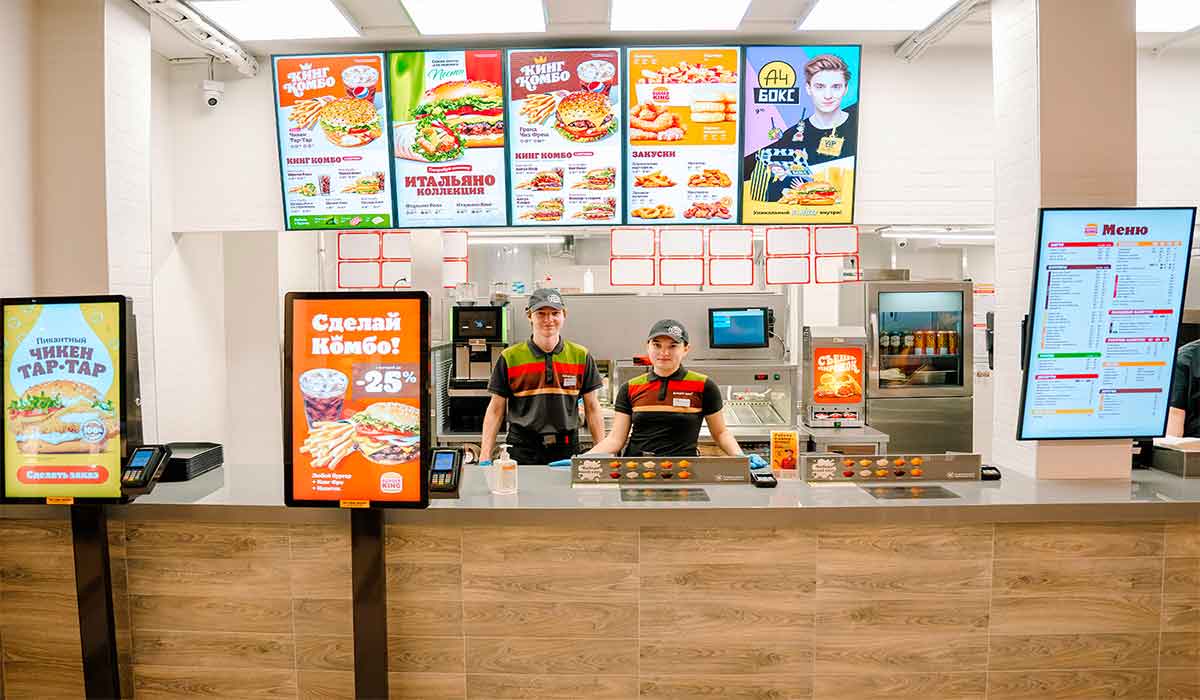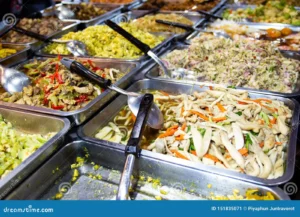Food workers play a critical but often not noted position inside the complex US meals system that touches each component of every day existence. As customers, we might not consider the numerous fingers worried in getting meals from farms to our tables, but their importance backstage can’t be overstated.
This put up will explore the various styles of meals worker jobs, how their roles and tiers of involvement have changed over time, operating conditions realities nowadays, and views on a way to ensure their desires are met transferring ahead.
Defining “Food Workers”
Meals workers check with the wide variety of occupations concerned in food manufacturing, processing, transportation, education, and service. some of the primary job titles that fall beneath this umbrella time period encompass:
Cooks and food preparers that work in eating places, cafeterias, concession stands, and more. they are chargeable for responsibilities like following rates in meals retail operations like supermarkets, convenience stores, and specialty grocers. Their obligations recognition on customer support, stocking shelvesecipes, cooking/portioning food, and maintaining kitchen cleanliness.
Cashiers, stockers, and sales asocial, and ringing up purchases.
Production and manufacturing employees that work in food processing plants. Roles may involve operating machinery, quality control checks, sanitation procedures and packaging/labeling goods.
Food service and other support employees that work throughout dining establishments and cafeterias. This includes dishwashers, wait staff, hosts/hostesses, and delivery drivers.
History of Food Worker Involvement
Food worker roles have transformed alongside advances in technology, infrastructure and evolving social values. In the early 20th century, farms and factories saw more hands on, assembly line style duties to meet expanding demand.
Workers had limited input and harsh conditions were prevalent. throughout the Nineteen Sixties, employees began organizing for stepped forward wages and oversight. Extra recently, increased automation has reduced some exertions in depth positions while shifting others toward more gadget operation and monitoring tasks.
The combat for $15 motion and growth of unions like UFCW have introduced renewed consciousness to advocating for living wages and honest treatment. The COVID-19 pandemic illuminated each “crucial” nature of meals jobs and absence of consistent protections across industries.
Whilst automation keeps modernizing certain features, human interplay and trouble solving will remain crucial components of the food system for the foreseeable future.
Current Level of Involvement
Today’s food workers are involved across diverse settings from food production facilities to quick service establishments. Let’s examine some key areas in more depth:
Involvement in Production and Manufacturing
Roles in these industrial settings vary greatly. Large processing plants for meat, dairy and packaged goods employ many individuals to operate machinery, perform quality checks, and ensure government standards are upheld.
Jobs often focus more on overseeing automated functions than hands-on labor. Still, workers have expressed safety and oversight concerns. According to the CDC, meatpacking jobs face elevated injury and illness risks largely due to fast paced, repetitive activities conducted close together.
Involvement in Grocery and Food Retail
Food retail positions often have the most direct customer interactions. Roles in supermarkets involve stocking shelves, operating check out lines, food preparation tasks like deli/bakery, and light cleaning/sanitation. Interpersonal skills and following food safety protocols are priorities.
Fast food and quick service restaurants similarly focus on food handling, customer service and cleanliness standards. The COVID-19 pandemic highlighted demands for enhanced protective equipment and sick leave policies in these interactive environments.
Opinions on Desired Involvement
Ensuring food worker input and addressing their priority issues remains an ongoing effort. Unions argue all workers deserve livable wages, paid leave and a collective voice on workplace standards.
However, some retailers counter that higher minimum wages could increase food costs or accelerate automation replacing jobs. There are good arguments on both sides of this debate that require balancing economic and social priorities. Most advocates agree the essential nature of food work merits policy changes to safeguard worker welfare, such as:
Federal $15 minimum wage legislation
Right to organize unions without employer interference
Strong health and safety standards tailored for different industries
Paid sick leave to support public health during pandemics
Greater collaboration between government agencies, employers and worker representatives may identify compromise solutions benefiting all stakeholders in America’s multibillion dollar food industry.
The perspective of workers themselves should guide such discussions, as their wellbeing affects quality and consistency of the entire system.
Frequently Asked Questions
What should the food worker do?
Wash your hands and avoid touching certain foods with your bare hands.
What should food workers handle?
utensils.
What should food workers use to prevent cross contamination with ready-to-eat foods?
Disposable gloves.
What is the food involvement scale?
Used to capture the perceived level of importance that individual’s place on food.
Conclusion Of Food Workers
In conclusion, the countless food roles performed across America’s diverse food landscape merit respect and support. While technology will continue modernizing certain functions, human skills of problem solving, creativity and compassion cannot be replaced.
An estimated 1 in 10 US jobs involve food in some capacity, demonstrating how vital this workforce underpins public wellness and economic strength nationwide.
Looking ahead, prioritizing food worker involvement through a living wage, collective representation and safe working conditions can help ensure our complex food supply chain continues operating smoothly and sustainably to nourish communities for generations to come.















